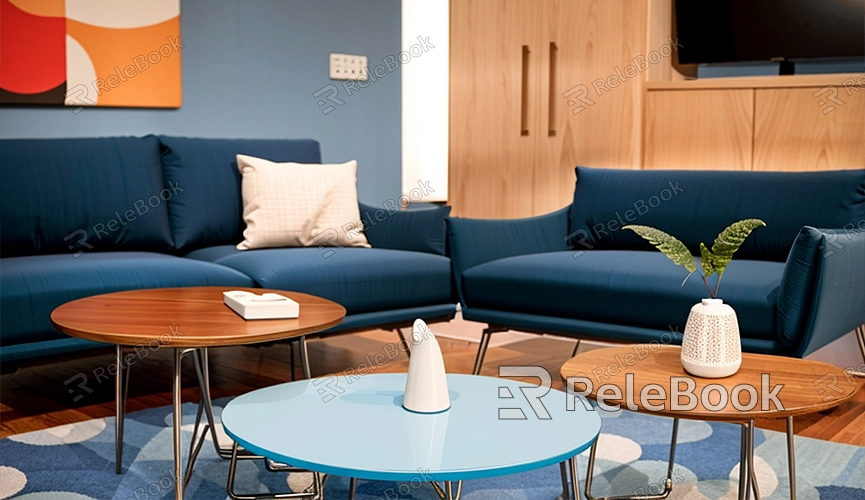How to chane from render back to edit in blende
In Blender, 3D artists and designers often need to switch between different modes, especially between render mode and edit mode. Render mode is used for previewing and final rendering of 3D models, while edit mode is used for modifying and optimizing the geometry of models. Switching back from render mode to edit mode is a common and necessary step in workflows. This article will detail how to achieve this switch in Blender and provide some useful tips to help you work more efficiently.
Understanding Blender's Modes
In Blender, common modes include Object Mode, Edit Mode, and Render Mode, each serving specific purposes:
1. Object Mode: Used for selecting and manipulating entire objects.
2. Edit Mode: Used for editing the geometry details of objects such as vertices, edges, and faces.
3. Render Mode: Used for previewing and generating final rendered images.

Switching from Render Mode Back to Object Mode
When you're previewing or rendering a model in render mode and need to make adjustments, follow these specific steps:
1. Stop Rendering: If you're currently rendering, press the "Esc" key to stop the rendering process.
2. Switch Viewport Shading: In the top-left corner of the Blender interface, locate the "Viewport Shading" dropdown menu. Choose either "Material Preview" or "Solid" mode. This will exit render view and return to work view.
Switching from Object Mode Back to Edit Mode
Once you're back in object mode, you can switch to edit mode with these steps:
1. Select the Object: In object mode, right-click to select the object you want to edit.
2. Enter Edit Mode: Press the "Tab" key or select "Edit Mode" from the mode switch menu in the top-left corner of the interface. Now, you can begin editing the object's geometry.
Common Issues and Solutions
1. Unable to Exit Render Mode: Ensure you've pressed the "Esc" key to stop rendering. If the issue persists, check for any unfinished rendering tasks, which may require waiting for completion or manually terminating.
2. Objects Not Selectable: In object mode, if you're unable to select objects, check if selection functionality is locked or if the object is hidden.
Tips for Improving Workflow Efficiency
1. Shortcut Keys Usage: Mastering Blender's shortcut keys can significantly enhance workflow efficiency. Apart from the "Tab" key for mode switching, use number keys for quick viewport mode changes (e.g., 1 for front view, 3 for right view).
2. Save Scene States: Before critical operations, it's advisable to save the current scene state to prevent data loss due to accidental actions. Use the shortcut "Ctrl + S" for quick saving.
Applications of Render Mode and Edit Mode
Render mode is primarily used for viewing the model's appearance under specific lighting and materials, suitable for final presentation and output. Edit mode, on the other hand, is the primary workspace for modeling and modifications, used for adding details, adjusting shapes, and optimizing structures. Understanding the applications of these two modes helps in organizing workflow effectively.
Accessing High-Quality Resources
High-quality 3D textures and HDRI are crucial for creating models and virtual scenes. If you need many high-quality 3D textures and HDRI, or 3D model downloads, you can download them from Relebook. After downloading, import textures and 3D models directly into your project. These resources significantly enhance the quality and rendering effects of your models, making your work more realistic and professional.
Switching from render mode back to edit mode in Blender is a straightforward yet crucial operation. By mastering these basic steps and techniques, you can efficiently perform 3D modeling and rendering tasks.

